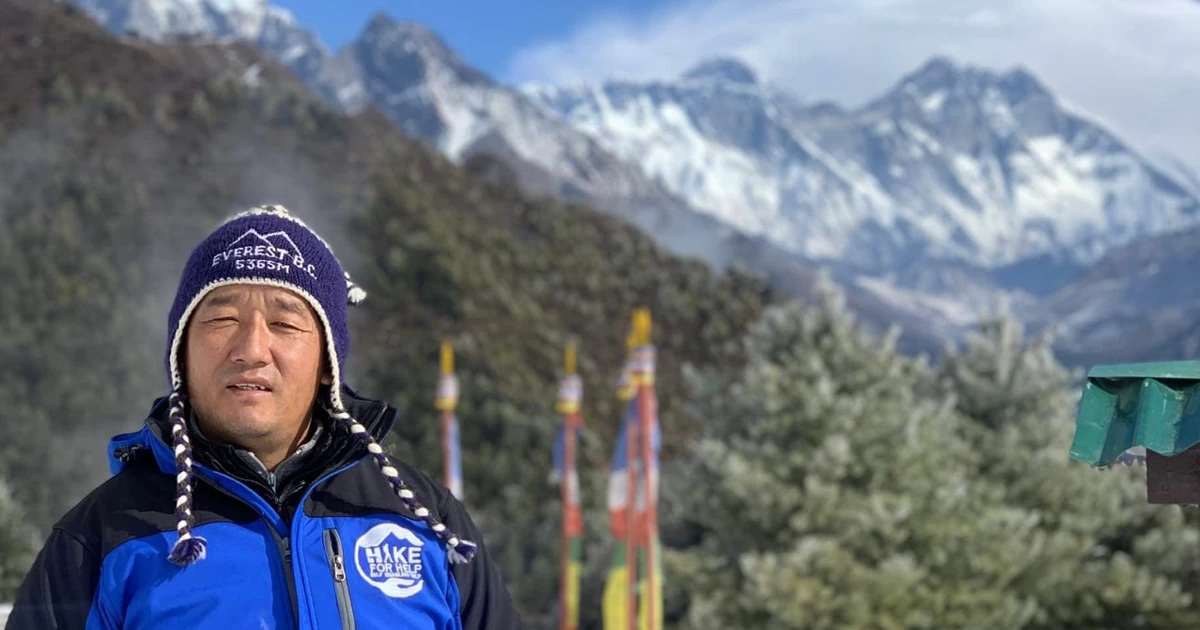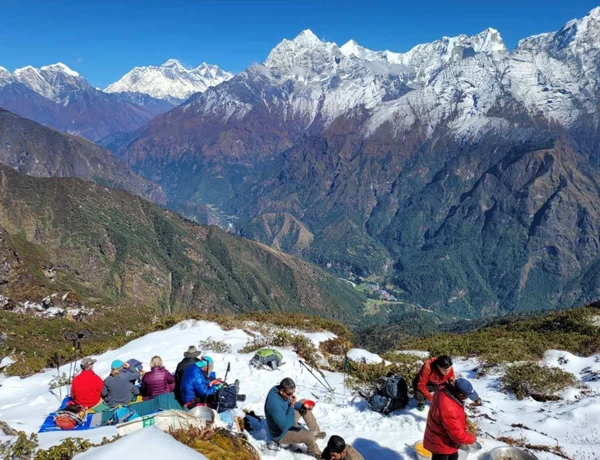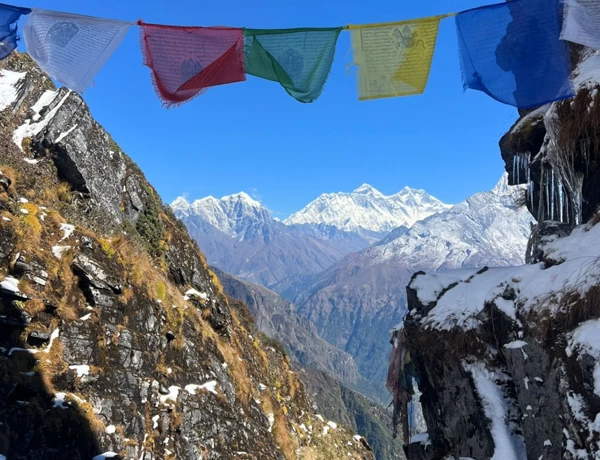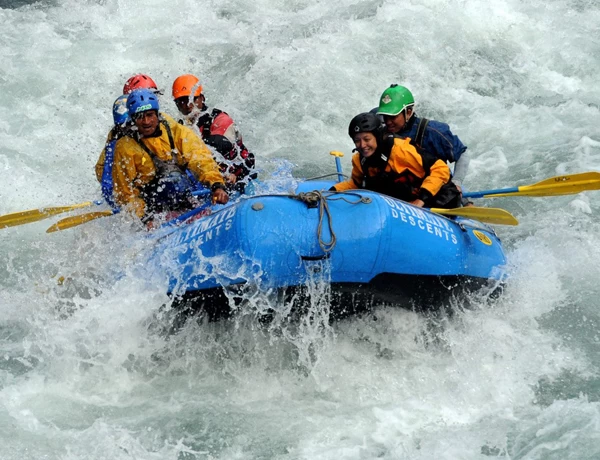Mountaineering expedition means an act of expedition to any peak of a mountain range with the intention of reaching the summit. Nepal is best known for it’s mountaineering expeditions. It started when Sir Edmund Hillary and Tenzing Norgay Sherpa successfully climbed Mount Everest on May 29, 1953. The adventure and challenge brought-forward by mountain climbing sports is rapidly growing with outdoor enthusiasts. The government of Nepal and China in the autonomous regions of Tibet have collaborated to open many peaks for mountaineering expeditions; some of which are possible to climb both from both sides. Expeditions in Nepal on major peaks above 7000-8000 meters are extreme and challenging.
The Himalayian mountain range of Nepal boasts having eight of the fourteen highest peaks in the world over 8000 meters, including the highest of them all, Mt. Everest. As well as numerous other trekking peaks between 5000 and 6500 meters. Before climbing above 8000 meters you need to have good skills and have good team of experienced Sherpa’s. Nepal has lured world class climbers from around the globe for the challenge of summiting Mt Everest, Kanchenjunga, Makalu, Manaslu, Lhotse, Dhaulagiri, Cho Oyo and Annapurna. All of these extreme peaks have been ascended by different countries heroes and heroines to set world records in climbing history.
The history of the expedition of Mount Everest is interesting, yet gruesome. Since the first expedition in the year 1924, there were numerous attempts made for the summit but the first success came in the year 1953 by Edmund Hillary and Tenzing Norgay. To date mountaineering expeditions have claimed numerous lives; however, it remains one of the most interesting and adventurous sports in life for those who enjoy the challenge.







